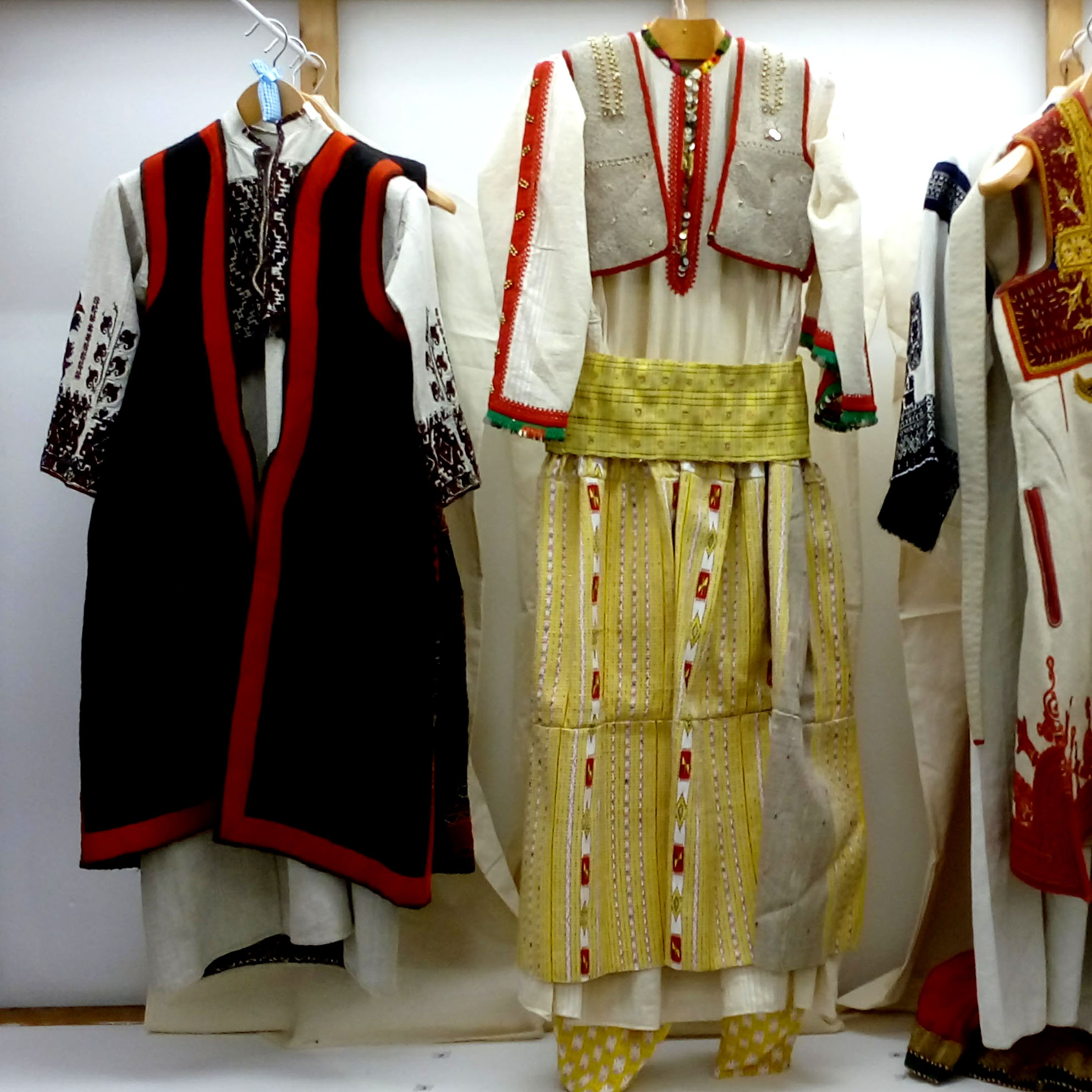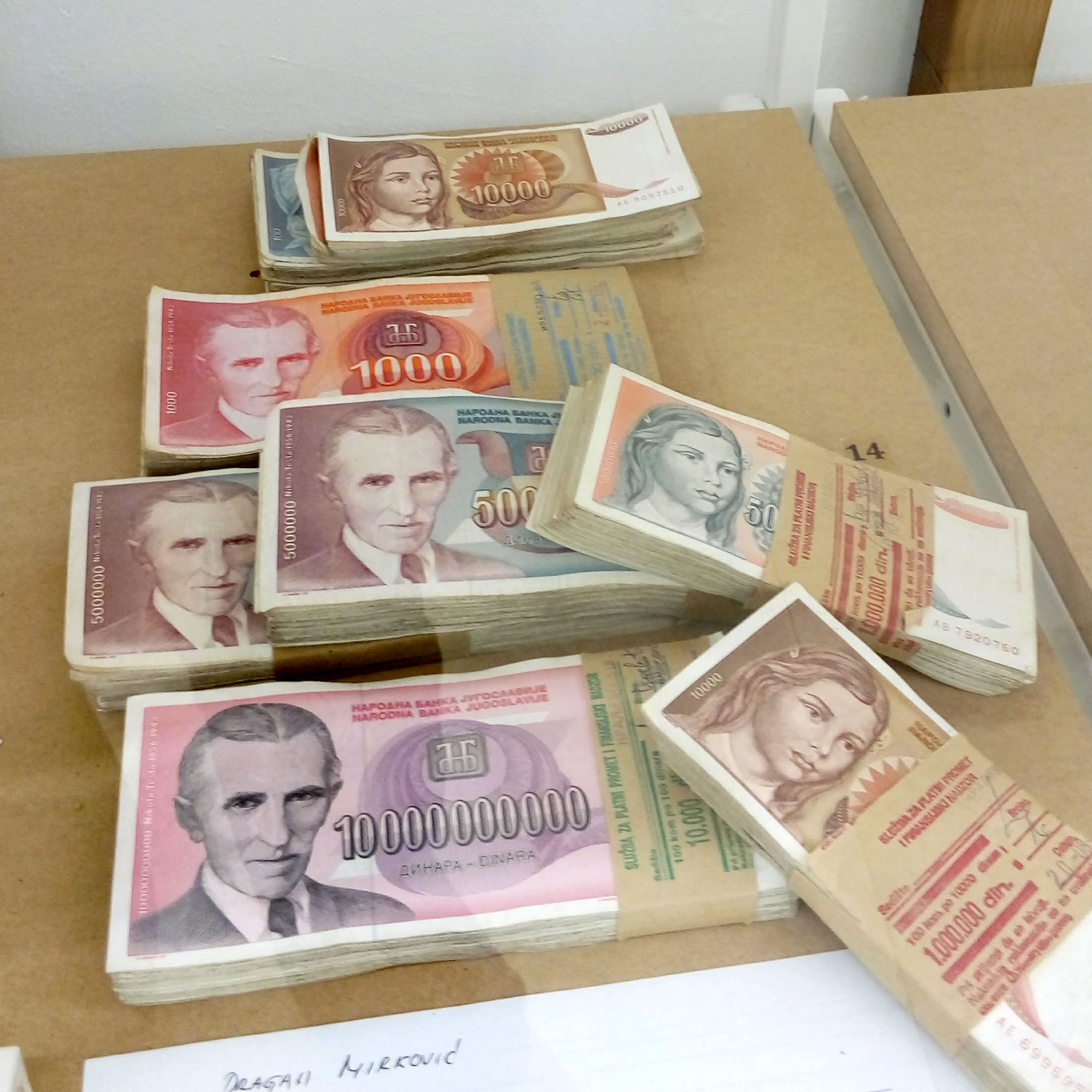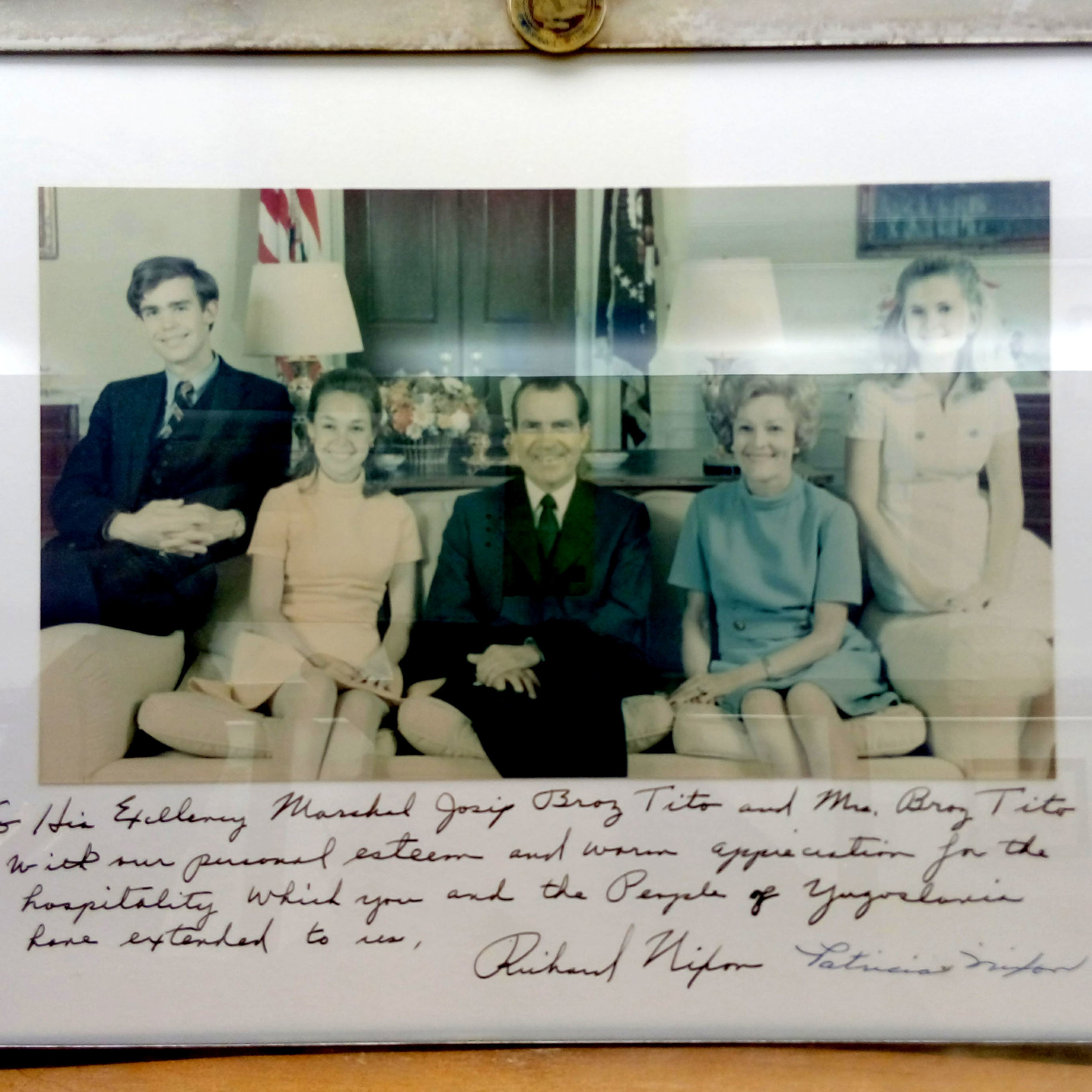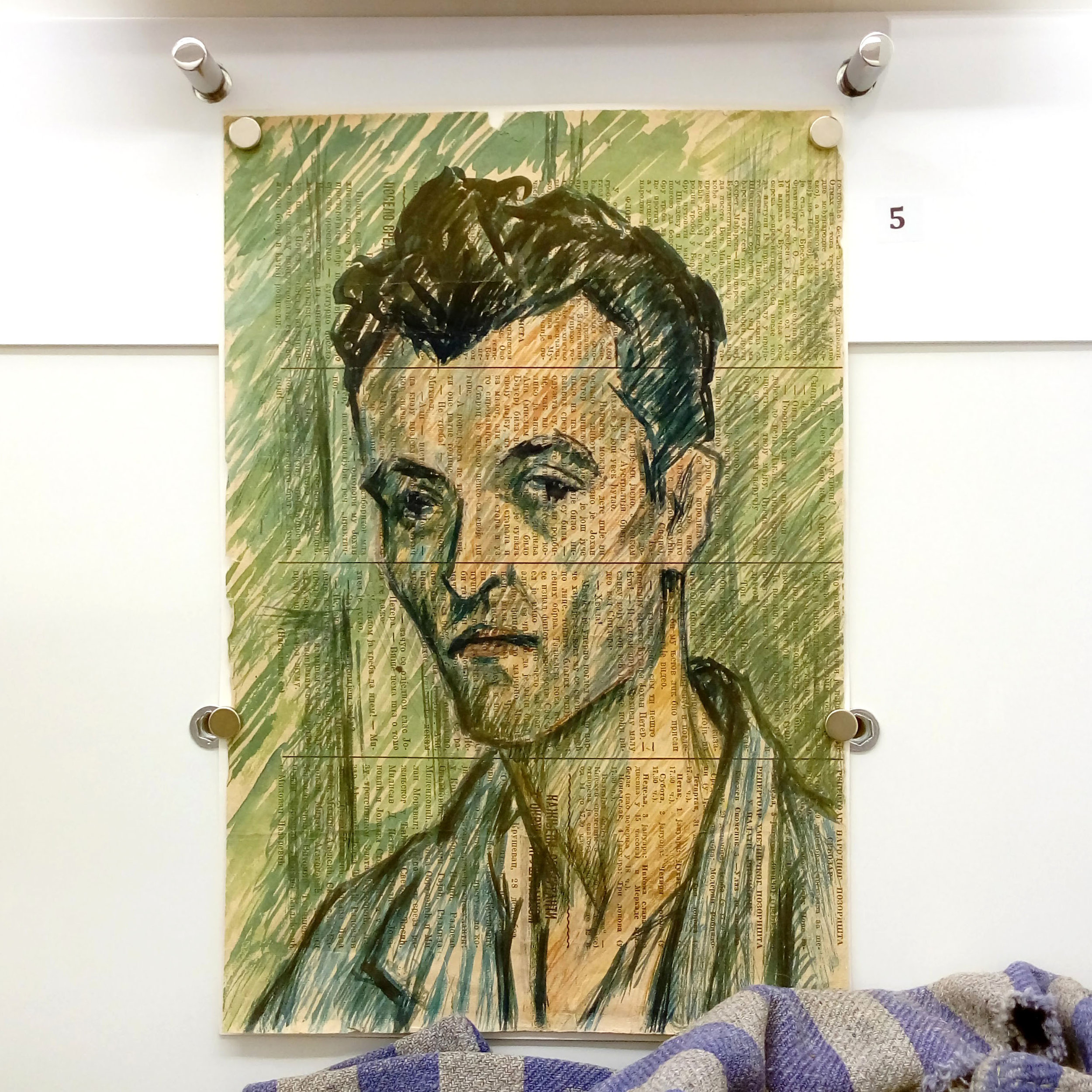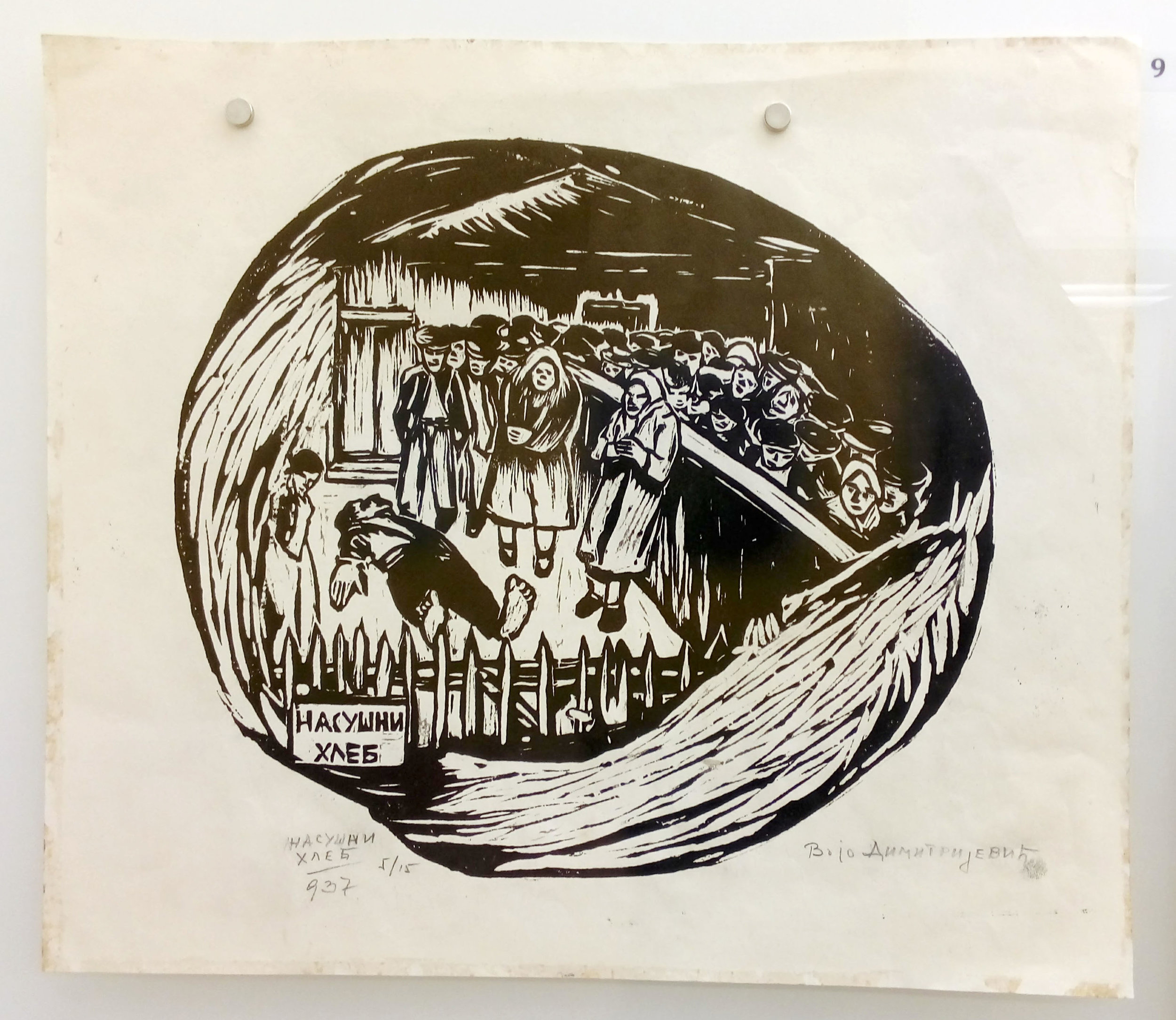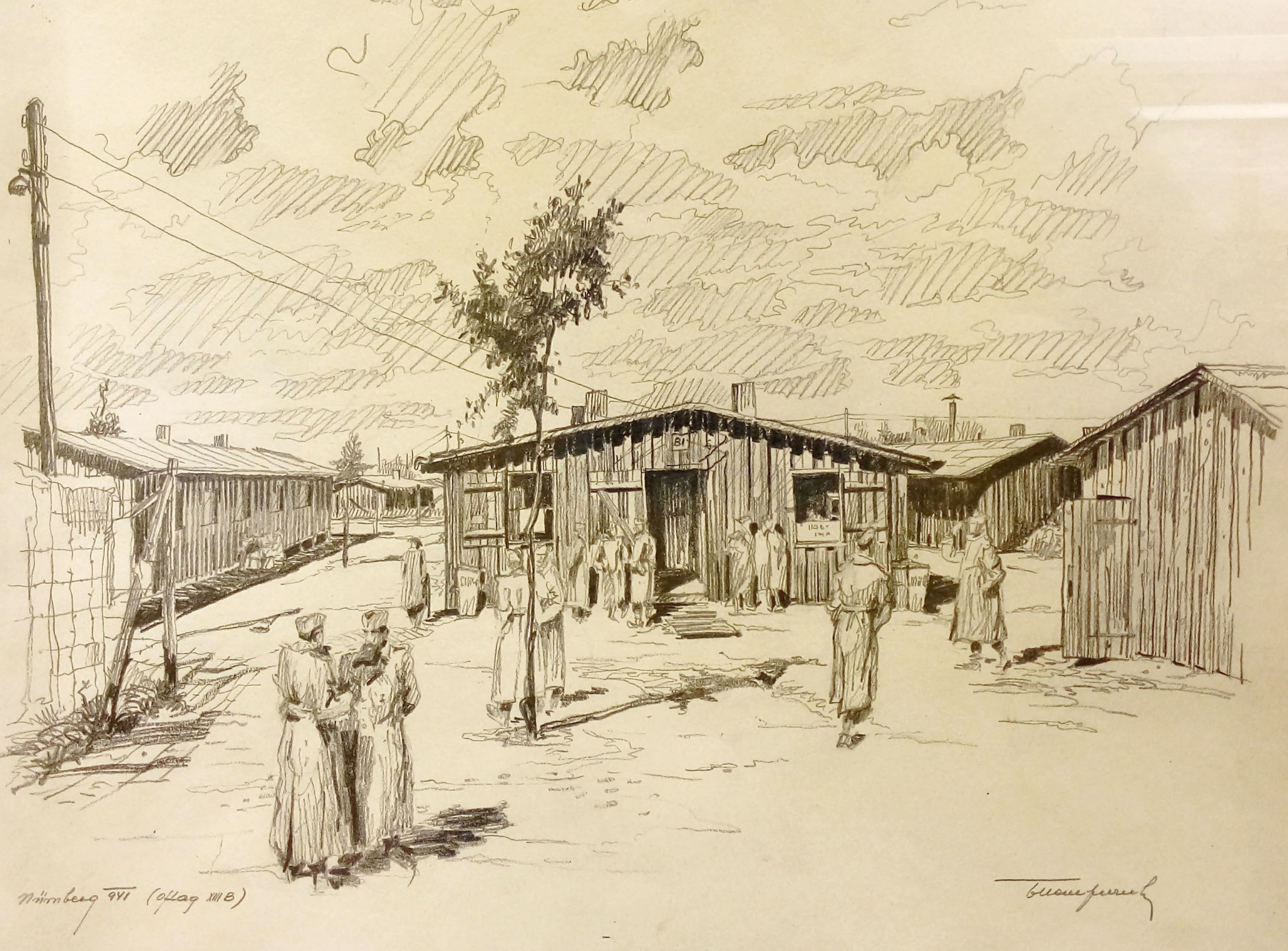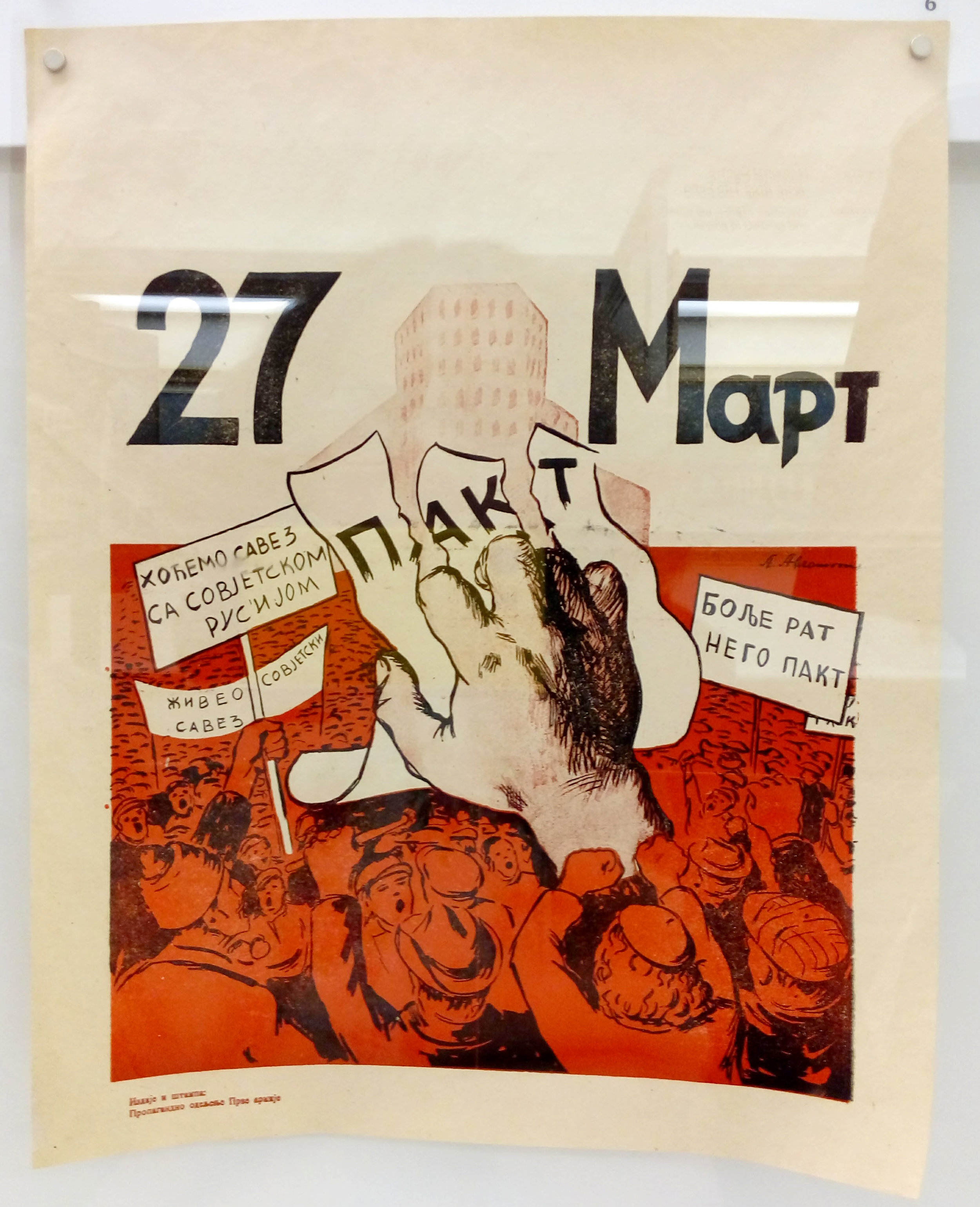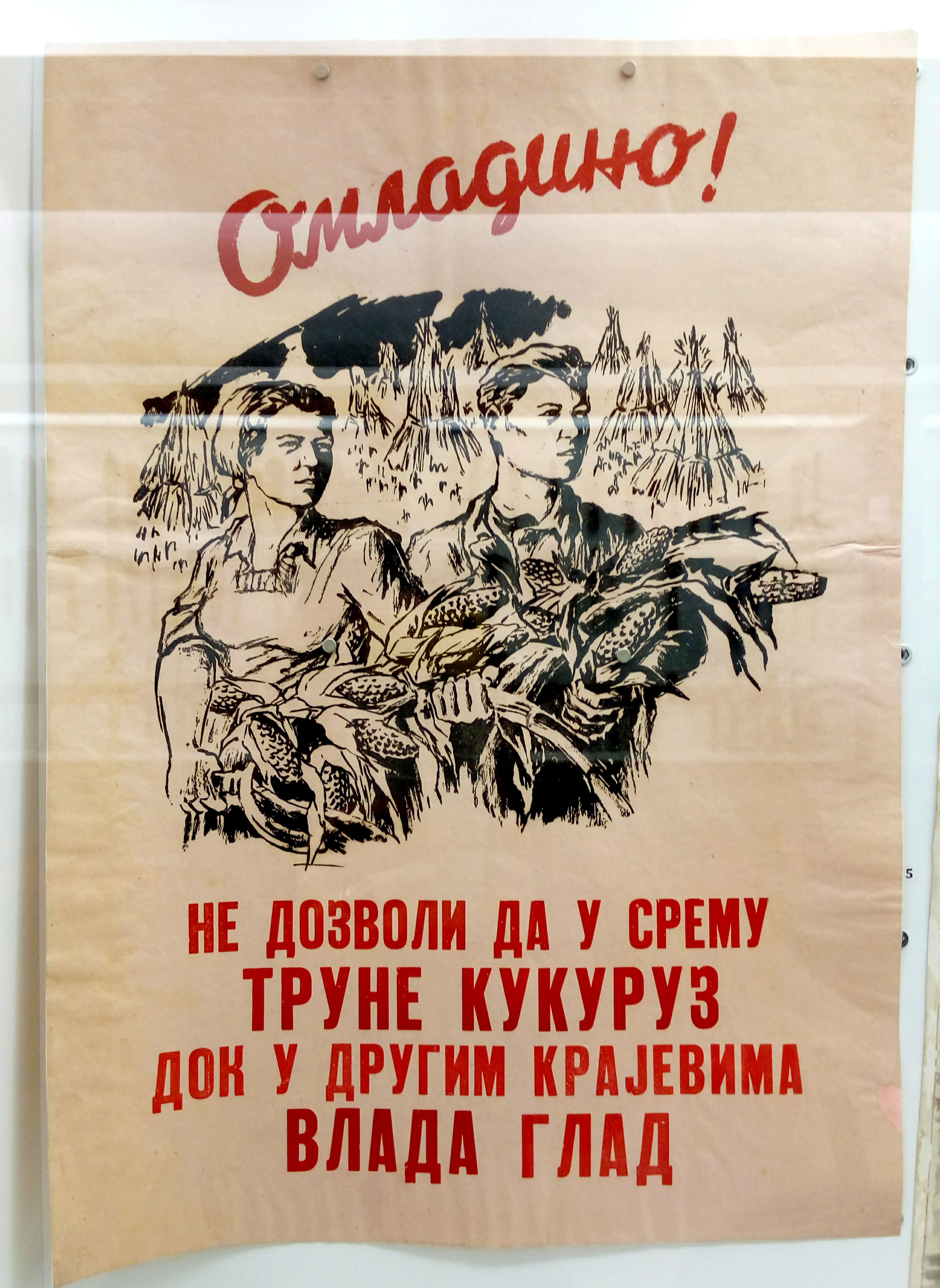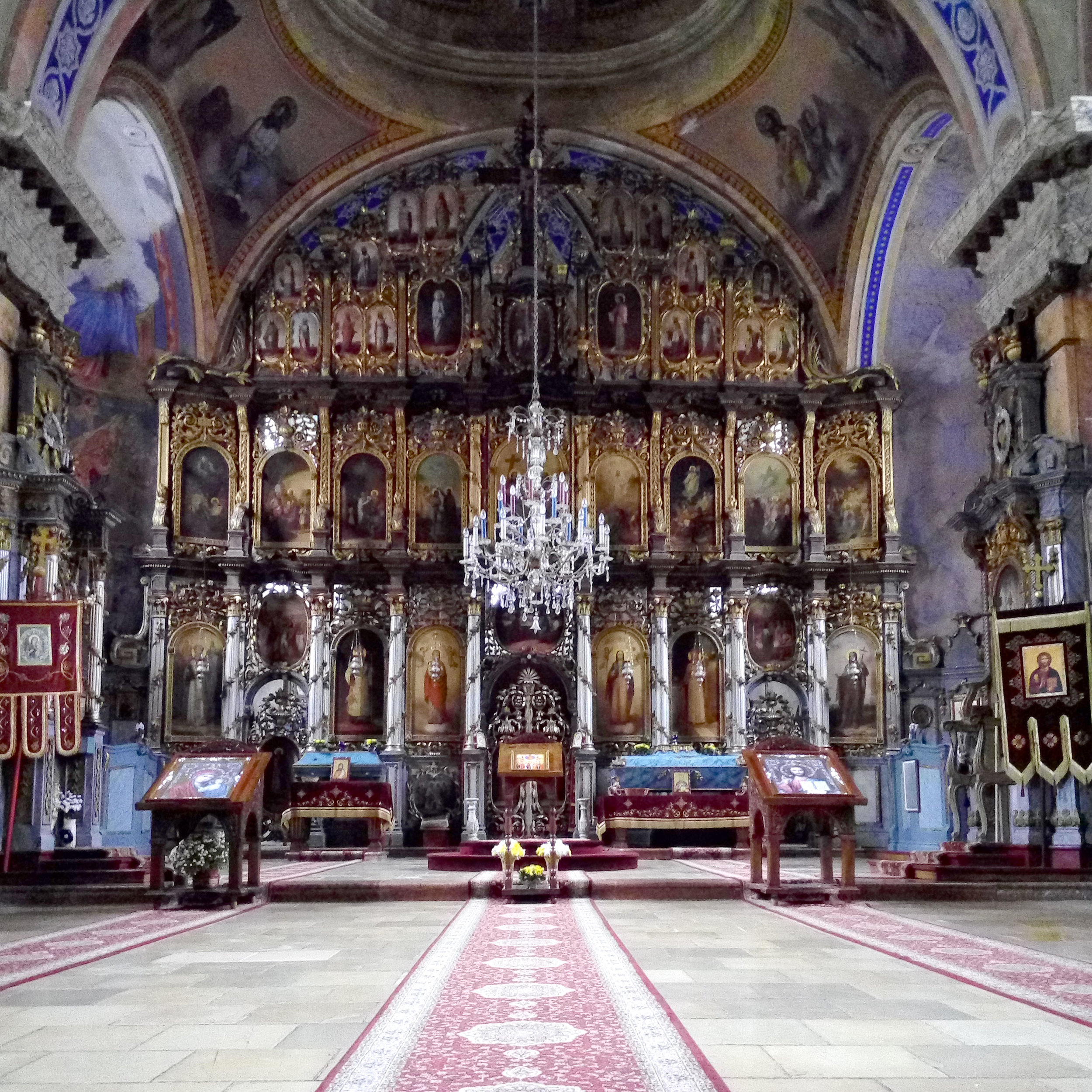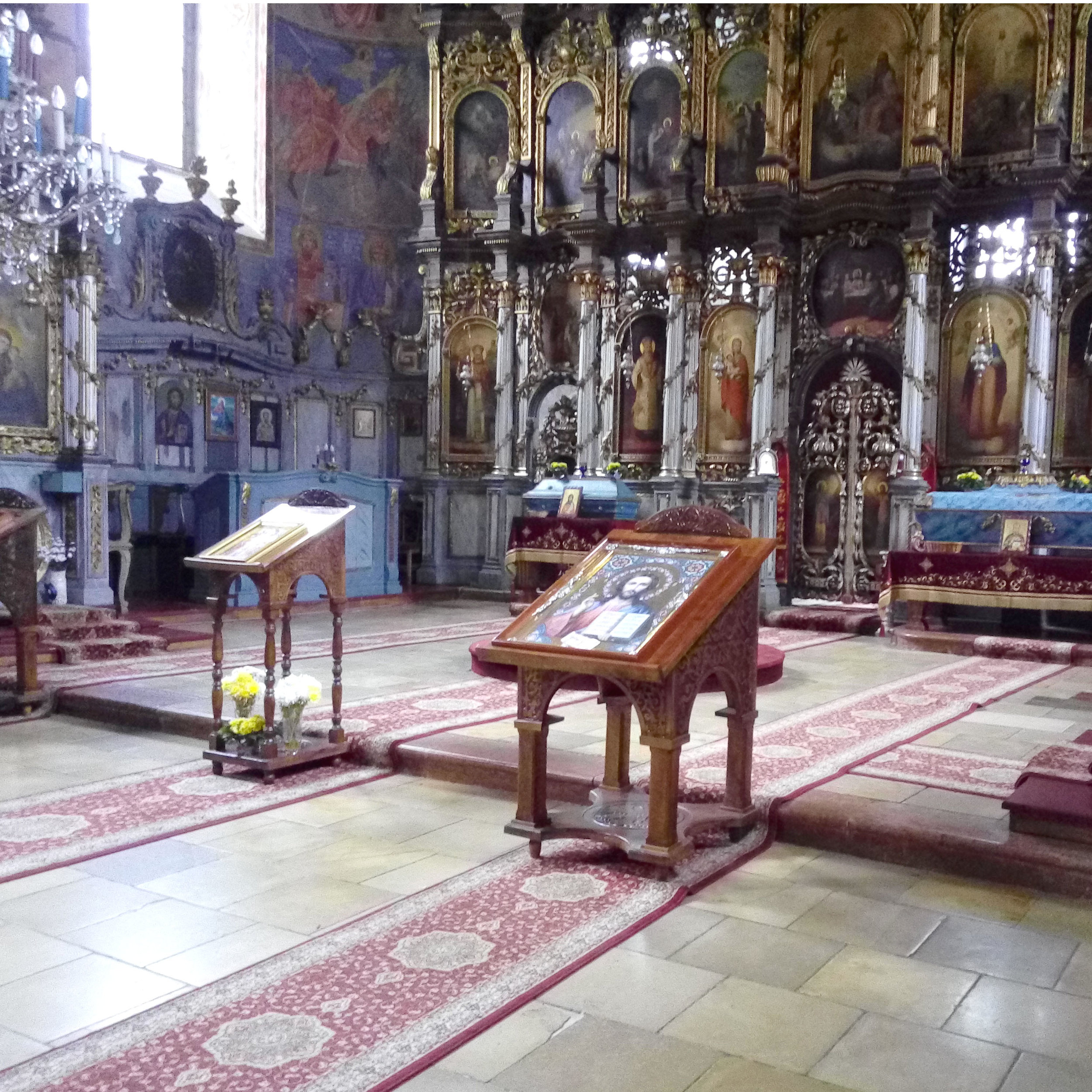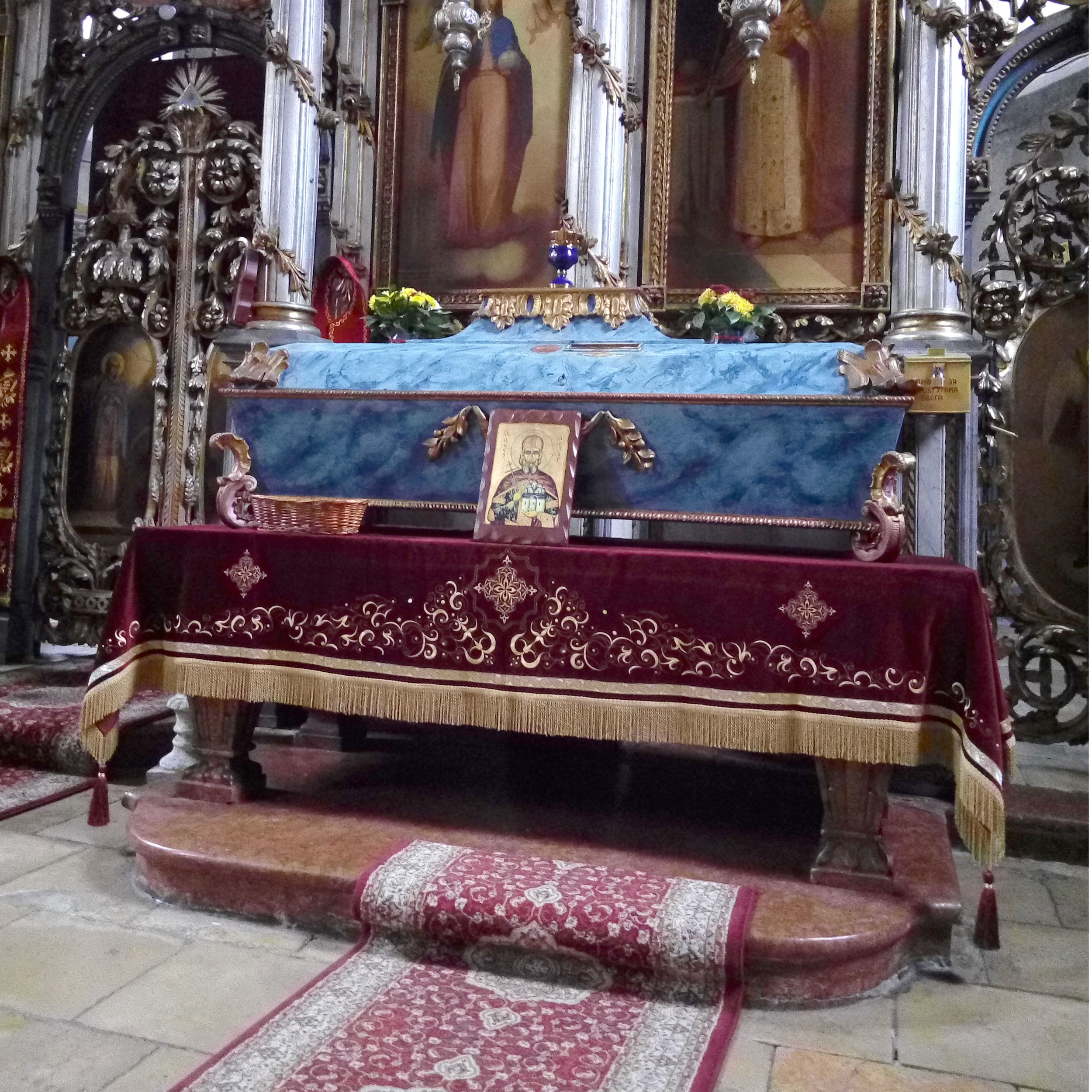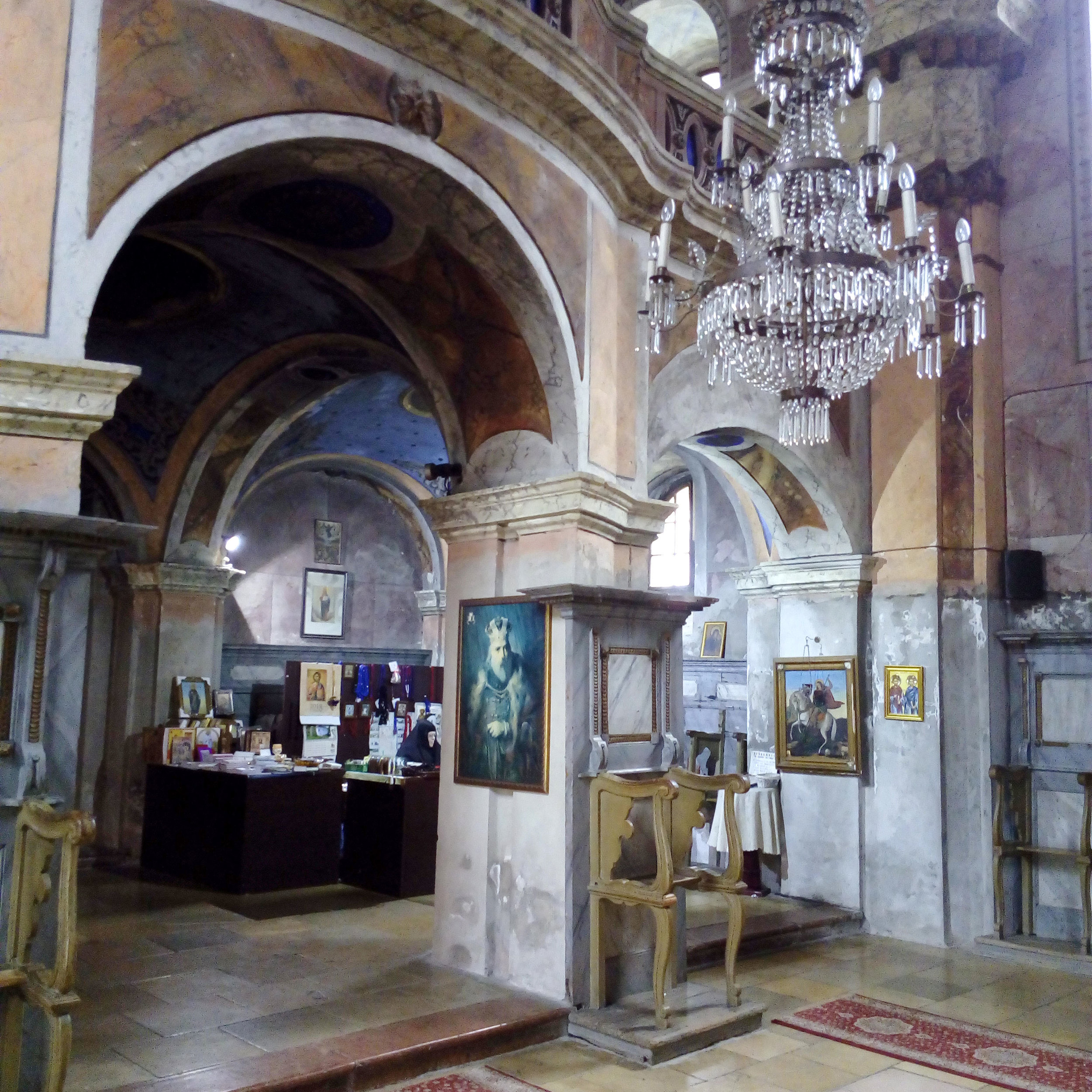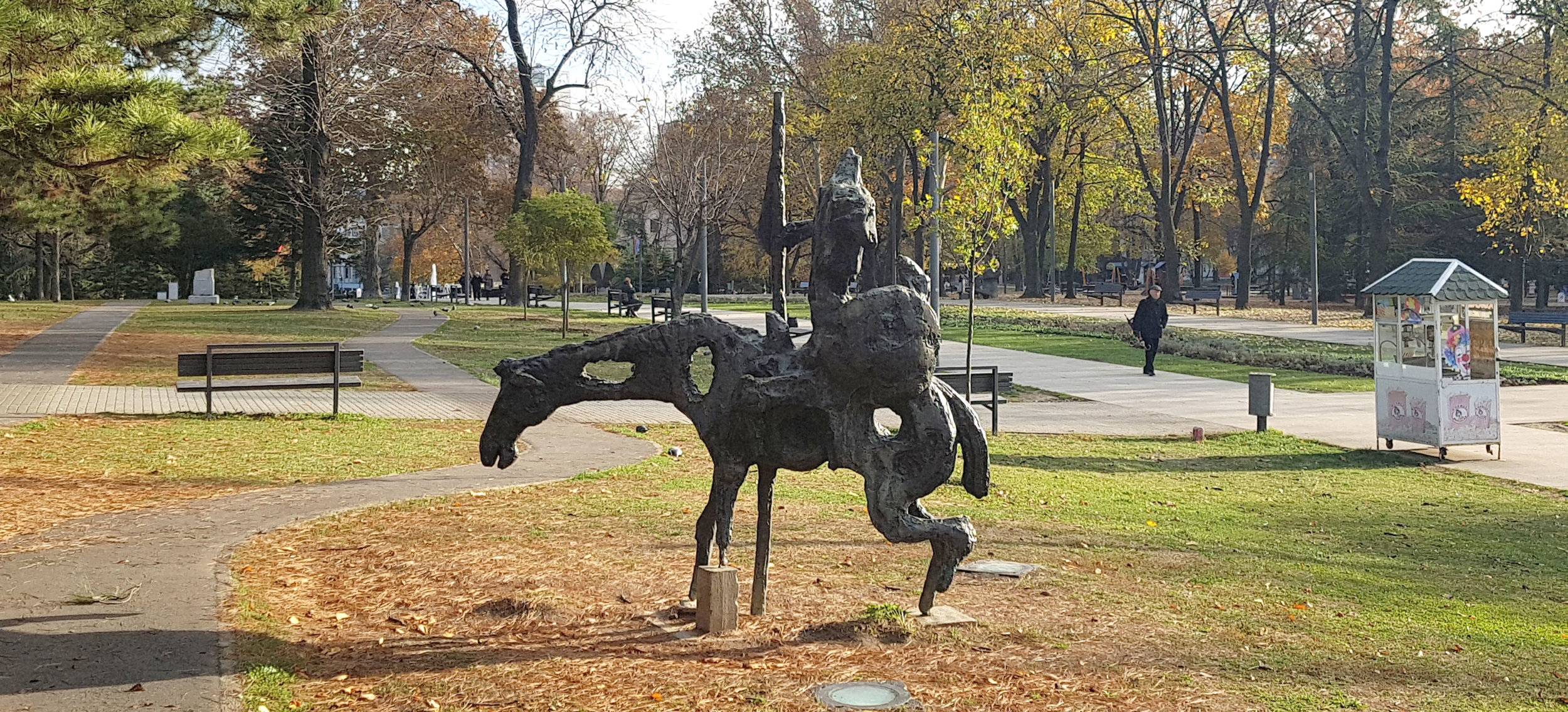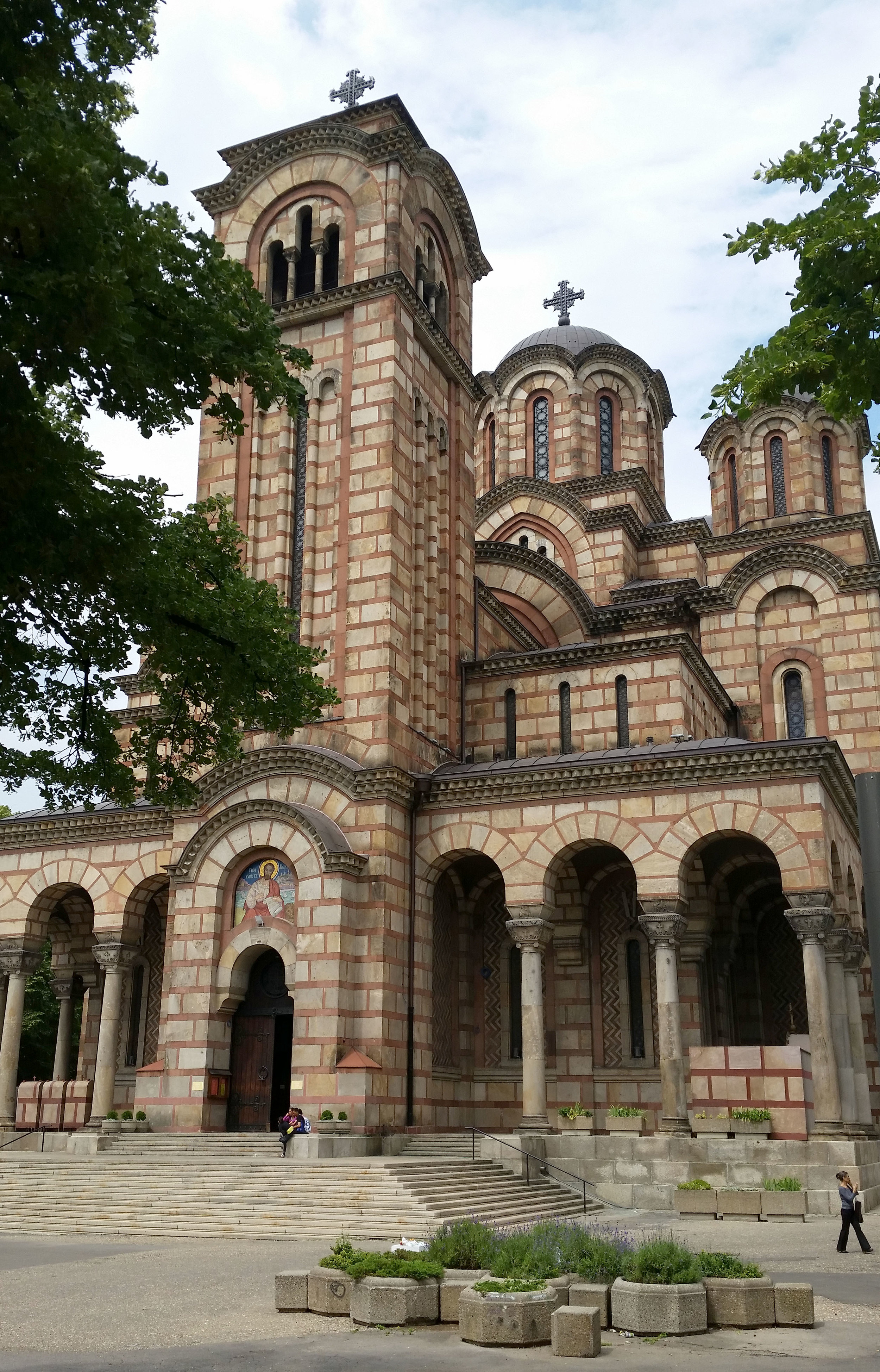We burned our 'Badnjak' (Yule Log) outside the Church of St Sava on Christmas Eve (6th January)
My husband, Dragan, who is a native Serb, our 10 year old son, Aleks and I have embarked on an adventure, by moving to Belgrade from England for 8 months. These are excerpts from my weekly diary.
Srećan Božić (Happy Christmas)
If you thought Christmas was all wrapped up until next year, then read on! We are lucky enough to have two Christmases in our family, one of the benefits of coming from two different cultures, English and Serbian.
When we returned to Exeter for two weeks in December, Aleks had the whole Western Christmas thing on the 25th December, with a stocking full of presents, more presents under the Christmas tree, roast turkey and then yet more presents. But Serbs rarely exchange presents on 'Božić' (Christmas) [1], although children sometimes receive a small gift. Presents are more likely to be exchanged on New Year's Eve. Božić is celebrated on the 7th January in Serbia, because the Serbian Orthodox Church follows the old Julian calendar for its religious festivals. In the West, the Gregorian calendar is used.
Burning of the 'Badnjak' (Yule Tide Log)
So, we are back in Serbia, where Aleks has now experienced a whole new set of Christmas traditions, starting on the 6th January (Orthodox Christmas Eve), with the burning of the ‘badnjaks’ (pronounced badnyaks) [2]! Christmas Eve is known as 'Badnji Dan' and after sunset, 'Badnje Veče'.
We attended the local Church service on Christmas Eve, where a large pile of ready prepared 'badnjaks' were blessed with holy water by the priest. The rush to grab a 'badnjak' by the congregation at the end of the service was a bit of a squish, but Aleks ducked down and rescued a fine sprig!
Instead of a log, the city 'badnjak' is a bundle of oak sprigs, replete with dried oak leaves, often arranged in a flat fan shape and is a symbol of renewal. Wheat, straw and a small packet of corn and nuts in a hessian bag are attached with ribbon.
'Badnjak' seller. The green shoots in decorated pots are wheat, symbolising new growth.
Sharing 'Česnica' (Christmas Loaf)
There was a jolly and playful atmosphere, especially after the service, when the priest broke the 'česnica' (Christmas bread) with the congregation and the children grabbed a piece. He said 'watch your teeth', because one lucky person would find a coin in their chunk of bread. (Just like a sixpence in Christmas pudding!). In the old times, this used to be a gold coin, but that night the priest exchanged a simple coin for a 20 Euro note!
Later on we walked to St Sava Church, where 'badnjaks' are burned on a bonfire outside the church. Aleks enjoyed throwing his into the flames.
Our very own Special Person
After church on 'Božić' (Christmas Day), we visited our Kum and Kuma. Aleks entered their flat first and thus became the special person for the day. He was prepped to say 'Hristos se Rodi!' (Christ is born!) and our Kum replied with the traditional response, 'Vaistinu se Rodi!' (Born Indeed!). Aleks received a gift, then we had a coffee and chatted with our Kum's parents. Dragan's brother had arranged a delicious Christmas lunch of spit-roasted pork which was provided by a relative. This was served with soup, pickles and salads.
When we sat at the table I noticed something crunchy underfoot? A 'badnjak' was laid neatly under the table, I haven't worked out yet if this is a tradition or it had ended up there by accident!? I must ask my brother-in-law.
'Belgrade in Winter', photo-etching by Ali Savic
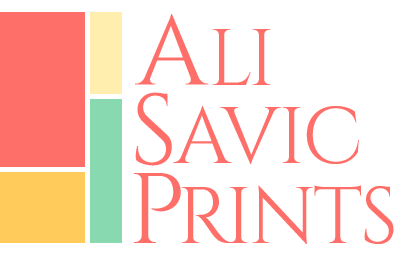

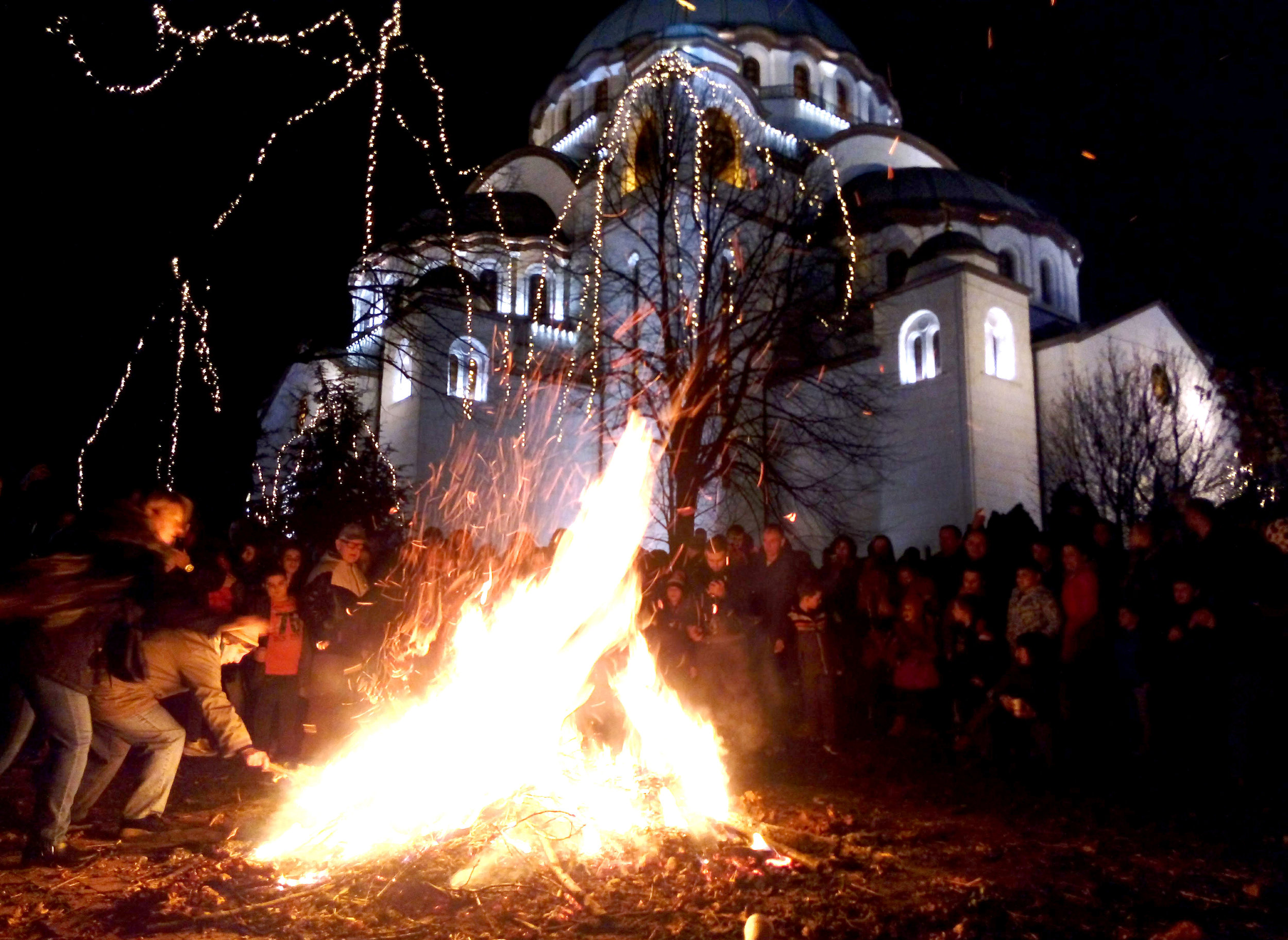

!['Belgrade in Winter', photo-etching by Ali Savic [4]](https://images.squarespace-cdn.com/content/v1/58dbf3a7893fc01cfcc6fa0a/1515516699559-3F61V19KE0TCOKEW1L0T/Belgrade+in+Winter+Small.jpg)
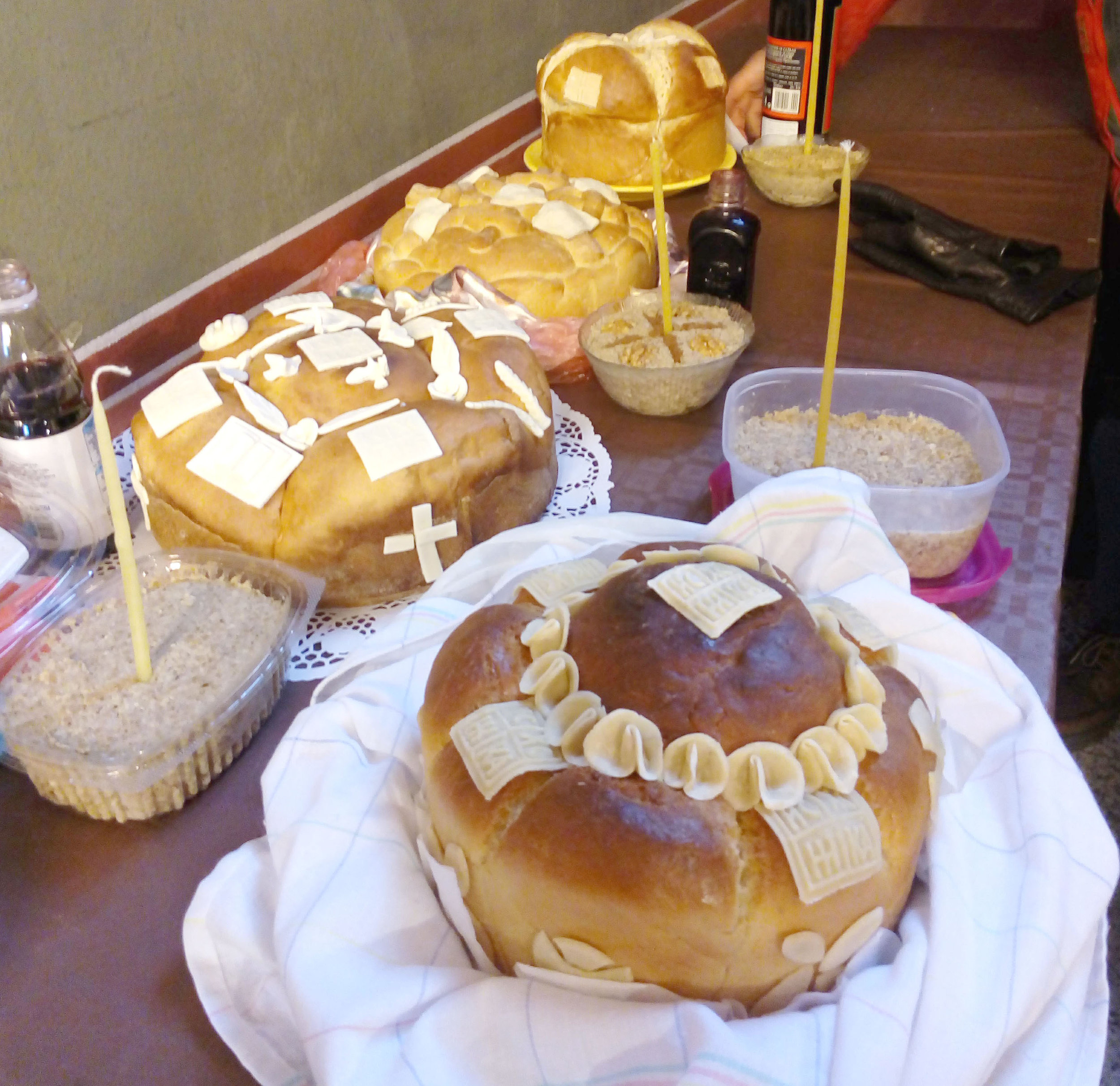
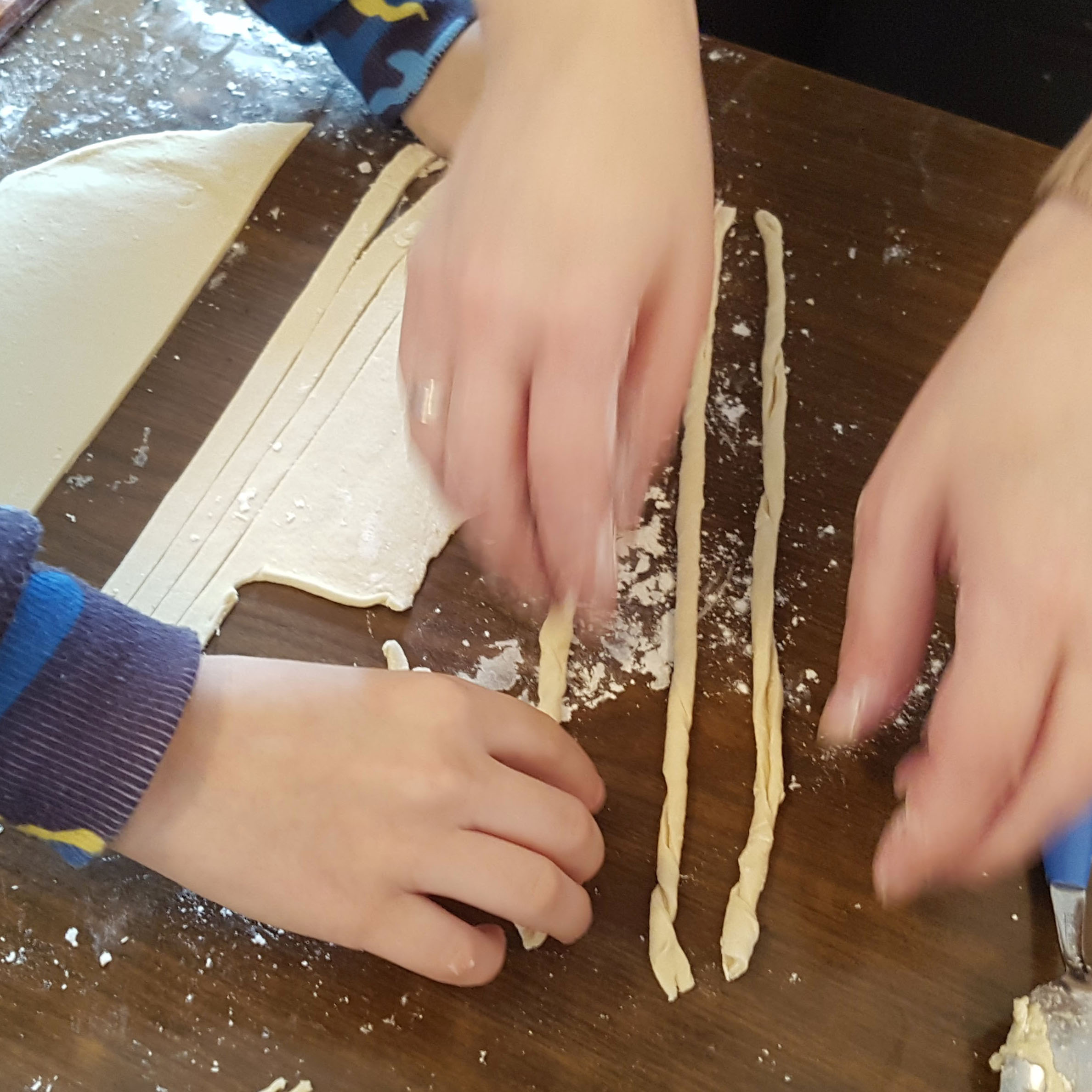


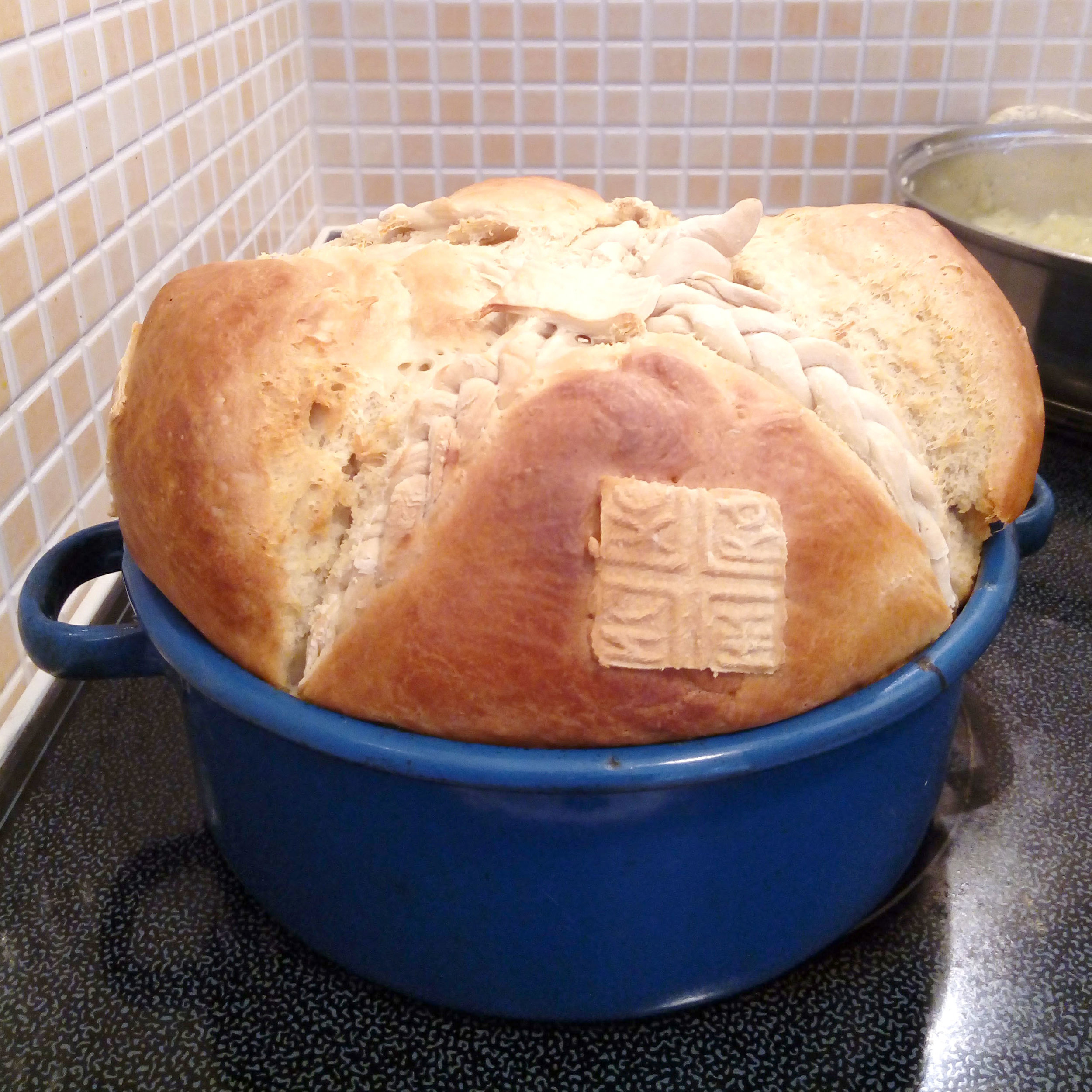




![St Sava Orthodox Church in Belgrade, Linocut by Ali Savic [5]](https://images.squarespace-cdn.com/content/v1/58dbf3a7893fc01cfcc6fa0a/1515392300290-6WKRTVB9D9QL32LSI8S7/St+Sava+lino+%2314+image.jpg)



